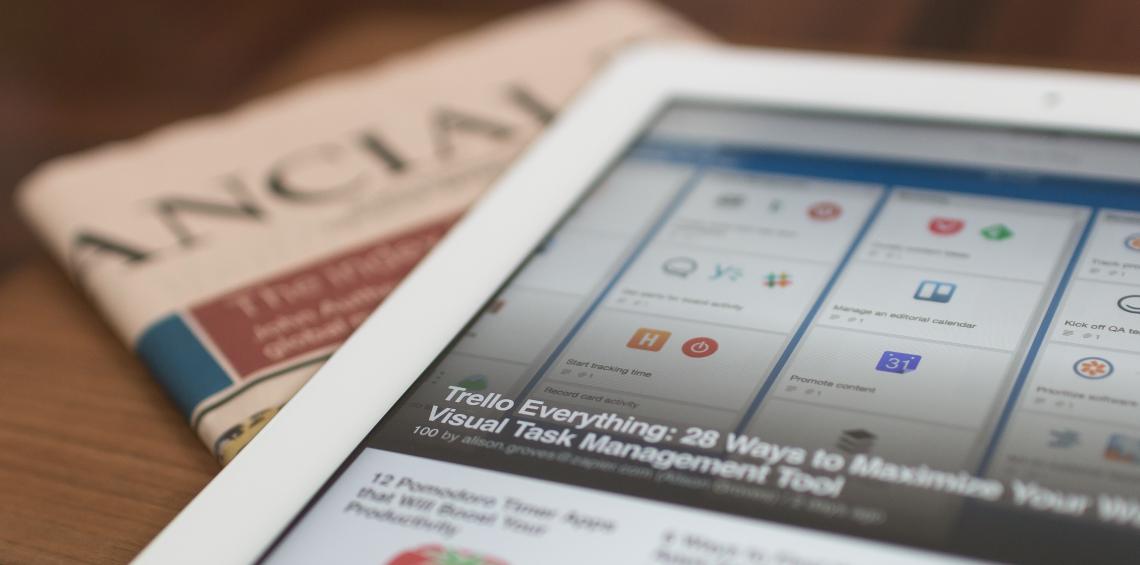Looking for resources to further your professional development? We have outlined a number of suggestions below:
- “The Greatest Challenge Facing Translators” - blog post
Blog post by Avi Kallenbach. The most difficult part of being a translator is “avoiding literalisms”; not from a technical point of view but in allowing the target text to sound natural. As Avi puts it, "a text fails at this task when it reveals its foreign origins... and challenges readers to clamber over awkward, disjointed formulations.“ He provides a list of tips and techniques to help achieve this.
- “Speaking of Translation” - podcast
This is one of a series of podcasts made by 2 American translators, Eve Bodeux and Corinne McKay. In this episode, they discuss the processes and steps in balancing faithfulness to the source while aiming for a natural feel in the target.
A 2018 article on Scroll.in by Berlin-based editor and literary translator Katy Derbyshire poses this question to a variety of established literary translators across the world. Insights include: “Echoing and reflecting the distinctive of the original”; ”captures the spirit”; “elicits the same emotional response”; and “needs no straitjacket.”
- The Ultimate Guide to Proofreading - article
According to this blog post on the Libra Translation website, the joke goes that “everyone does their best proofreading after pressing the 'send' button.” They provide a list of tips to help improve the task of proofreading.
- L’art de la traduction – article
This is an article in the Aeon digital magazine by French-to-English translator Mark Polizzoti, in which he examines what makes a translation good or bad. Is a translation to be viewed as a “practical outcome” or an “unattainable ideal”? How far should a literary translation deviate from the “alien” nature of a text to serve the target reader and what should a good translation strive to achieve?
- MQM Core Typology - translation guide
A framework for defining translation quality. This provides a categorized list of seven high-level error types from terminology through to design.
7. The 5-step translation process - it's best practice for a reason! – YouTube video
A 6-minute YouTube video by PacTranz, a New Zealand-based agency demonstrating best practices in translation. A straightforward and simple visual walk through a logical 5-step process showing pitfalls to avoid.
8. Manchester University Phrasebank
An invaluable compendium of academic phrases and sentences typically used in academic writing. It is searchable by sections commonly applied in research articles (introducing work, reporting results, etc.) as well as by particular aspects of academic writing (being cautious, comparing and contrasting, etc.). It is a freely available and indispensable resource put together by Manchester University in the UK from a corpus of postgraduate dissertations. A free pdf also contains a very useful section: “Notes on academic writing.”
